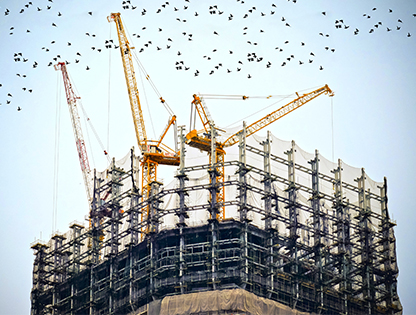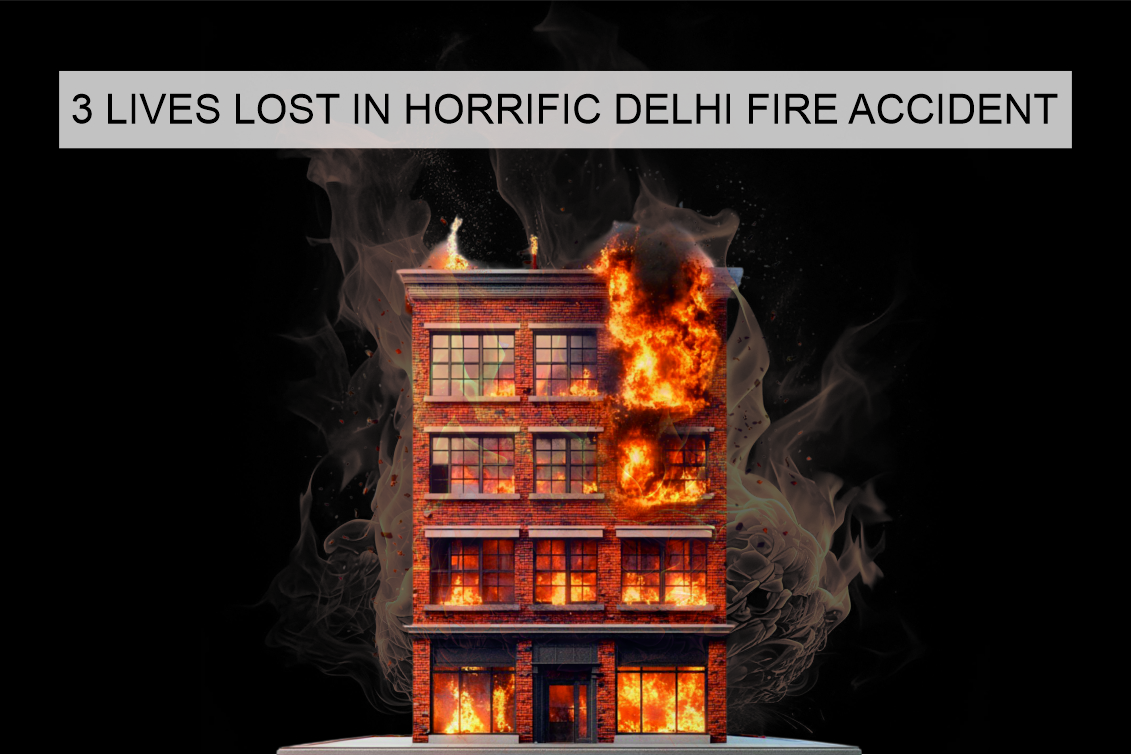What does the law say? What has been done so far?
By : Prolite Autoglo

The National Building Code (NBC), is the basic model code in India on matters relating to building construction and fire safety.
Fire prevention and fire protection is a state subject.
The primary responsibility for fire prevention and fire protection lies primarily with State Governments.
The rules for fire prevention and fire protection are laid in the form of State Regulations or Municipal By-Laws.
National Building Code:
- The National Building Code is published by Bureau of Indian Standards. The first edition of the NBC was published in 1970.
- This edition was revised in 1983, 1987 and 1997.
- The second edition of the NBC was published in 2005. The third edition of the NBC was published in 2016, incorporating the latest developments in the construction activities in the country.
- The main objective of NBC is to specify measures that will provide that degree of safety from fire, which is practical and can be reasonably achieved.
- The Code insists upon compliance with minimum standards of fire safety necessary for building occupants and users.
- For ensuring compliance of fire protection equipment/installations to the laid down quality requirements, it is desirable to use such equipment/installation duly certified under the BIS Certification Marks Scheme.
The NBC classify the buildings into the following 9 groups:
These groups have been subdivided into various categories.
The NBC also deals with three types of fire zones and four types of constructions.
The Part 4 (Fire and Life Safety) of NBC, which contain the fire safety norms through detailed provisions on fire prevention, life safety and fire protection.
The fire protection, which not only deals with fire prevention and fire protection but also gives guidance by specifying the standards for construction, plumbing, electrical installations including wiring, lighting, ventilation, heating and air conditioning, safety sanitation, active and passive fire protection systems, etc.
It mentions the restrictions of buildings in each fire zone, classification of buildings based on occupancy, the demarcation of fire zones, limitations of height, types of building construction according to fire resistance of the structural and non-structural components and other restrictions and requirements necessary to minimise danger to life from fire, smoke, fumes or panic before the building can be evacuated.
The Code recognizes that safety of life is more than a matter of means of egress and accordingly deals with various matters which are considered essential to the safety of life.
The Code therefore covers provisions relating to means of egress covering various components thereof namely exit access, exit and exit discharge.
It also covers provisions relating to fire protection of various occupancies through portable and fixed firefighting installations.
Installation of emergency lights, photoluminescent signages to guide people in dark conditions to see and move to the nearest exit, fire extinguishers, first aid kits and multiple exit points cleared of clutter to facilitate quick exit when seconds separate life and death. These are not luxuries but essentials.






